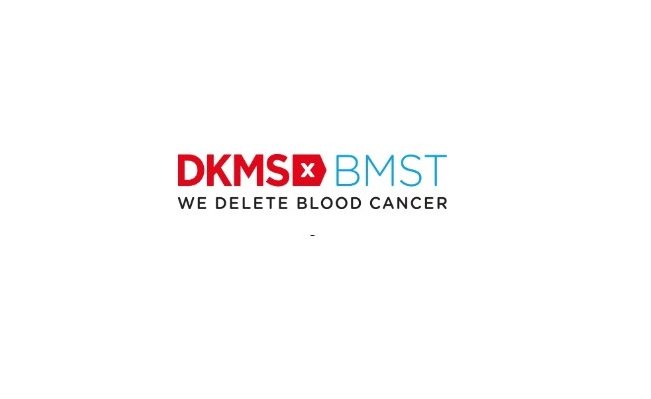Dr. Sushant Ikhar, Consultant Medical Oncologist, HCG Cancer Centre Nagpur
Childhood is a critical period for the development of strong, healthy bones. Among children, any complications in the bones will be a life-changing period and can also alter the course of their childhood. Right now, it’s critical that the parents are aware of Ewing’s sarcoma, a rare kind of bone and soft tissue cancer which, if left untreated, can also result in paralysis.
Ewing (YOO-ing) Sarcoma is a rare kind of cancer that usually develops in the soft tissues around or in the bones. This type of sarcomas can develop in any bone, but it usually develops in the bones of the pelvic and the legs and can often occur in the bones and soft tissues of the
chest, spine, and skull. If left undiagnosed, Ewing Sarcoma can also metastasize to other adjoining body parts which includes bone marrow, heart, lungs, kidneys and others. Ewing Sarcoma is predominately common among children, teenagers, and the youth in their mid-20s.
Types of Ewing’s Sarcoma
Some of the different types of Ewing’s Sarcoma
1. Primitive Neuroectodermal Tumour – Also known as tumours of the Primary Central Nervous System (CNS), these kinds of tumour generally arise in the brain or the spinal cord
2. Askin Tumour – Askin’s tumor is a rare form of tumours arising in the chest wall region.
3. Extraosseous Ewing tumor (EOE) – a rare kind of Ewing sarcoma that occurs in soft tissue around the bone
Causes of Ewing Sarcoma
It is difficult to hypothesize the exact cause of Ewing’s Sarcoma with certainity. However, it is observed that some chromosomal changes in the cell’s DNA often affect a gene called EWSR1 which makes the cell multiply faster and invade the healthy cells. The aberrant cells clump together thereby causing healthy bodily tissue to be destroyed. Despite being uncommon, this cancer is discovered in patients with a family history of the disease.
Symptoms of Ewing Sarcoma
The most common signs of Ewing Sarcoma present with:
⮚ Severe bone pain
⮚ Fever
⮚ Frequent fractures
⮚ Pain, inflammation, and tenderness near the tumour
⮚ Unexplained fatigue and tiredness
⮚ Unintentional weight loss
⮚ Numbness, tingling or in some cases paralysis (if the tumour is located close to the spine)
Diagnosis
Ewing sarcoma is diagnosed by conducting physical examination to help confirm the presence and the location of the tumour. In complicated cases, other diagnostic tests, blood tests, imaging tests such as CT -Tests, X-Rays, MRI, PET-CT Scans and Radionuclide bone scans will help determine the condition. A biopsy of the tissue samples will also be conducted to identify and understand more about the cancer cells. These cancer cells are either extracted via needle biopsy or through a minimally invasive process, for testing in the laboratory.
The extracted cancer cells are obtained through biopsy and are sent for genetic testing for a better understanding of the changes in the DNA. Detailed genetic testing aids in reaching an accurate diagnosis for a better prognosis. An accurate diagnosis leads to a better prognosis, and comprehensive genetic testing helps in identifying the changes in the DNA.
Treatment
Treatment for Ewing Sarcoma lasts 6 to 9 months and chemotherapy is always the first step in treatment, to shrink the primary or main tumour. Chemotherapy is essential for all Ewing sarcoma patients, irrespective of how the tumour was removed or treated locally. Patients undergo a second MRI and CT scan of the region after initial chemotherapy to check the tumour. Surgery is typically advised instead of radiation therapy, if the cancer cells can be removed.
However, in other circumstances, radiation therapy is recommended to remove any cancer cells that might still be present in the region. Protons and other high-energy beams are directed directly at the tumour, killing just the tumour cells alone. In addition to treating cancer symptoms, radiation therapy reduces the growth of cancers and helps treat tumours that cannot be reached by invasive techniques.
Individuals who have received treatment for Ewing sarcoma, will receive lifelong follow-up care from a doctor or healthcare team, which includes regular physical examinations, medical exams, or both. For better quality of life and to ensure full recovery, patients might need therapy for a few months. If you observe any of the above mentioned symptoms, consult a doctor immediately.

Leave a Reply